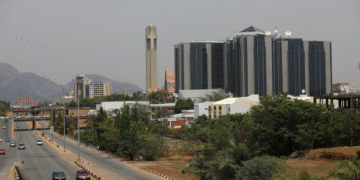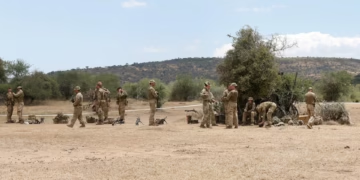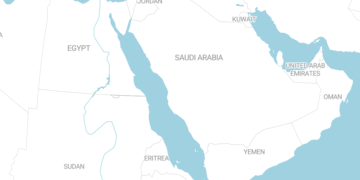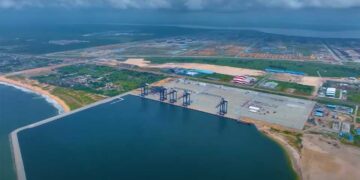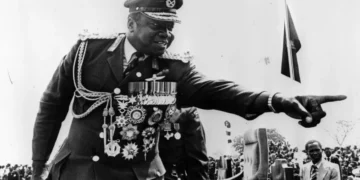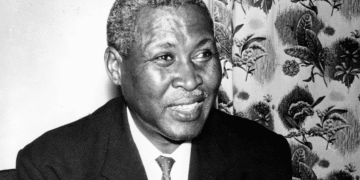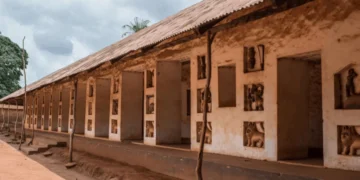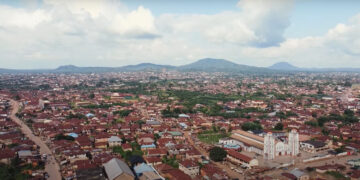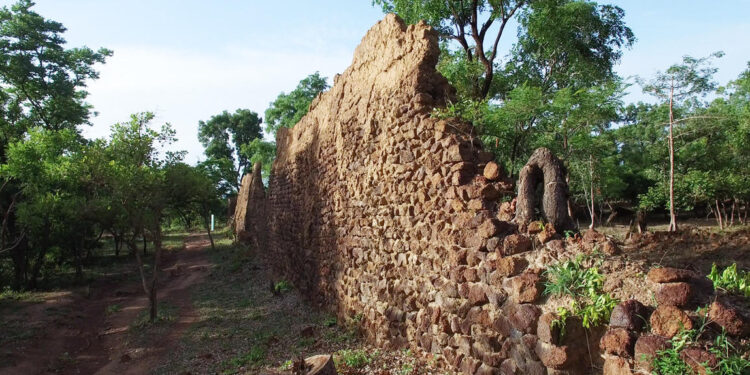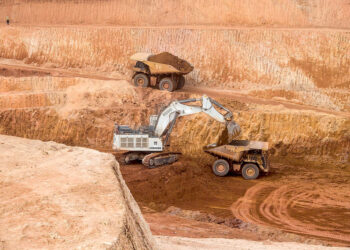The Lorebini ruins in southwestern Burkina Faso are among the most interesting and important archaeological sites in the region. These stone ruins, inscribed on the UNESCO World Heritage List in 2009, are a rare and intriguing testimony to a prosperous period of history. They raise many questions about who built them, why, and what secrets their impregnable walls still hold.
The ruins are located near the borders with Ghana, Côte d’Ivoire, and Togo, in an area that was historically a center of trans-Saharan trade. The area is known to have been home to the Lohron or Kulango people, and local lore suggests that the ruins were the home of a Lorebini chief. However, there is a lack of written evidence conclusively identifying who built them.
The Lorebini ruins are one of the best-preserved examples of fortified villages and stone-walled settlements in West Africa. The ruins consist of thick stone walls, built tightly without mortar, covering a vast area of approximately 11,130 square meters. Some of these walls reach a height of six meters, indicating a strong defensive system. Archaeological excavations indicate that the site was likely inhabited for up to a thousand years, from the 12th to the 17th centuries. Artifacts found, such as iron tools and pottery, reveal that the inhabitants engaged in various activities, including trade and metalworking.
Experts believe the site played a key role in the trans-Saharan gold trade. This region was rich in gold, and the ruins served as a protection and staging point for trade caravans transporting gold to the powerful kingdoms of North Africa. Strong walls were essential to protect the wealth from attackers and ensure the safety of trade.
Despite the site’s importance, many aspects of it remain mysterious. Most of the available information about the ruins is based on archaeological evidence and oral histories. Theories suggest that the ruins may be linked to the powerful empires that dominated West Africa during the Middle Ages, such as the Ghana Empire and the Mali Empire. However, these connections still require further research and documentation.
According to UNESCO:
“The 11,130m2 property, the first to be inscribed in the country, with its imposing stone walls is the best preserved of ten fortresses in the Lobi area and is part of a larger group of 100 stone enclosures that bear testimony to the power of the trans-Saharan gold trade. Situated near the borders of Côte d’Ivoire, Ghana and Togo, the ruins have recently been shown to be at least 1,000 years old. The settlement was occupied by the Lohron or Koulango peoples, who controlled the extraction and transformation of gold in the region when it reached its apogee from the 14thto the 17th century. Much mystery surrounds this site large parts of which have yet to be excavated. The settlement seems to have been abandoned during some periods during its long history. The property which was finally deserted in the early 19th century is expected to yield much more information.”
The decline of Lorobini Ruins was attributed to the trade collapse of the Trans-Saharan commerce, alongside the empires of Mali and Songhai to the north. Trade migrated to the shore, where Europeans had set up trading posts, and gold was now sourced from Ashanti properties closer to the coast, making gold extraction unprofitable. [9]
As the Trans-Saharan commerce and the northern empires of Songhai and Mali fell, its fortunes deteriorated. It became disadvantageous to extract gold as trade moved to the coast, where Europeans had set up trading posts, and gold was now obtained from Ashanti properties nearer the coast. [9]
The Lorobini Ruins are considered a historical treasure in need of utmost protection. The government of Burkina Faso, in collaboration with UNESCO, is working to protect the site from environmental degradation and unregulated human activities. Site conservation efforts include ongoing excavations and analyses are conducted to better understand the site’s history. Also, efforts are being made to restore damaged stone walls and preserve their original structure.
According to World Monuments Fund:
The Loropeni ruins were placed on the 2008 Watch and, following listing, a conservation plan was developed. In addition to addressing the urgent structural repairs of the ruins, the focus of the project is to develop a management system to eliminate the risks of continuing damage, preserve the historic value of the site, and encourage economic development in and around Loropeni. Craftspeople from neighboring villages have participated in the planning and conservation work and local cultural agencies have developed plans for site interpretation and maintenance.
The Loropeni ruins are the best-preserved remains of the larger Lobi Ruins. Due to their local spiritual importance, the community has maintained the site over time. Although the site is respected by the community for its cultural values, severe environmental conditions, including increasing rainfall variability and extreme temperature cycles, have adversely affected the site. This is seen as a problem for sites in many African countries and implementation of an effective management plan could act as an example for projects at other sites in the region.
Awareness programs are being organized for local residents and visitors about the site’s importance and the need to preserve it. Sustainable tourism is being encouraged as a tool to raise awareness of the site and generate income for local communities.






